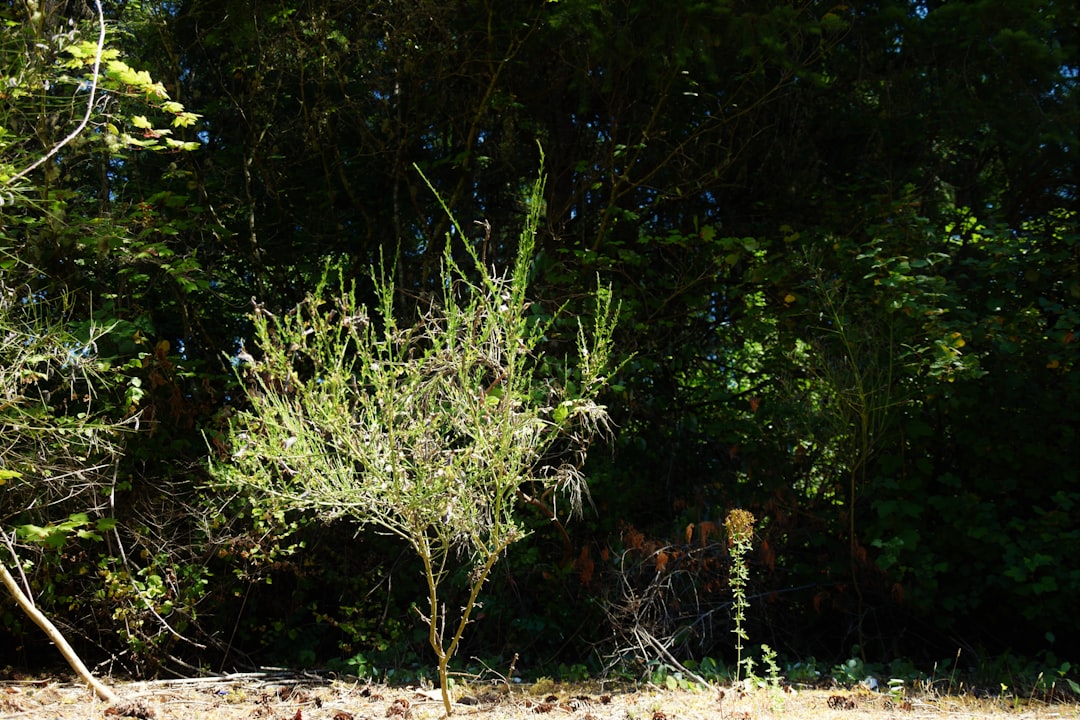Unveiling the Secrets of Masterwort: A Shady Perennial Gem

Masterwort, a captivating flowering perennial, is a hidden treasure in the world of gardening. With its ability to thrive in shady locations with moist soil, it offers a unique option for those looking to add color and charm to areas of their garden that might otherwise be overlooked. In this article, we will explore the essential growing tips for masterwort, ensuring that you can cultivate this beautiful plant successfully.
### Understanding Masterwort
Masterwort, scientifically known as Peucedanum ostruthium, is a member of the Apiaceae family. It is native to the mountainous regions of Central and Southern Europe. This perennial is characterized by its large, umbrella - shaped clusters of white or pinkish flowers that bloom in the summer months. The foliage is also quite attractive, with deeply lobed leaves that add a touch of elegance to the plant.
### Ideal Growing Conditions
One of the most remarkable features of masterwort is its preference for shady locations. While many plants require full sun to thrive, masterwort can grow and flourish in areas that receive partial to full shade. This makes it an excellent choice for gardens with large trees or buildings that cast shadows. However, it's important to note that some dappled sunlight can still be beneficial for the plant's overall health and flower production.
The soil for masterwort should be moist, well - drained, and rich in organic matter. You can improve the soil quality by adding compost or well - rotted manure before planting. A pH level between 6.0 and 7.5 is ideal for masterwort. If your soil is too acidic or alkaline, you can adjust it using appropriate soil amendments.
### Planting Masterwort
When it comes to planting masterwort, the best time is in the spring or fall. Start by digging a hole that is slightly larger than the root ball of the plant. Place the plant in the hole, making sure that the top of the root ball is level with the soil surface. Backfill the hole with soil and gently firm it around the plant. Water the newly planted masterwort thoroughly to help settle the soil and reduce air pockets around the roots.
Space the plants about 18 to 24 inches apart to allow for proper air circulation and growth. This will prevent the development of fungal diseases and ensure that each plant has enough room to spread its roots and foliage.
### Watering and Fertilizing
As mentioned earlier, masterwort prefers moist soil. Therefore, regular watering is essential, especially during dry spells. However, be careful not to over - water, as waterlogged soil can lead to root rot. A good rule of thumb is to water deeply once or twice a week, depending on the weather conditions. You can check the soil moisture by inserting your finger about an inch into the soil. If it feels dry, it's time to water.
Fertilizing masterwort is also important for its growth and flowering. Apply a balanced, slow - release fertilizer in the spring when new growth begins. You can also add a layer of compost around the base of the plant each year to provide additional nutrients and improve the soil structure.
### Pruning and Maintenance
Pruning masterwort is relatively simple. After the flowers have faded, you can cut back the flower stalks to the base of the plant. This will not only keep the plant looking tidy but also encourage new growth. In the fall, you can cut back the foliage to the ground after it has turned yellow or brown. This will help the plant conserve energy during the winter months.
Keep an eye out for pests and diseases. Masterwort is generally resistant to most pests, but it can be susceptible to aphids and slugs. You can control aphids by spraying the plant with a strong stream of water or using an insecticidal soap. For slugs, you can use slug traps or apply a slug - repellent product around the base of the plant.
### Propagation
There are two main methods of propagating masterwort: division and seed sowing. Division is best done in the spring or fall. Carefully dig up the plant and divide the root ball into smaller sections, making sure that each section has at least one healthy shoot and a good root system. Replant the divisions in prepared soil and water them well.
Seed sowing can be a bit more challenging. Collect the seeds from the plant after the flowers have dried. Sow the seeds in a seed tray filled with a well - draining seed - starting mix. Keep the soil moist and place the tray in a cool, shaded area. Germination can take several weeks to months, so be patient. Once the seedlings are large enough to handle, you can transplant them into individual pots or directly into the garden.
In conclusion, masterwort is a wonderful addition to any garden, especially those with shady areas. By following these essential growing tips, you can enjoy the beauty of its flowers and foliage for years to come. Whether you are a beginner gardener or an experienced horticulturist, masterwort is a plant that is definitely worth cultivating.